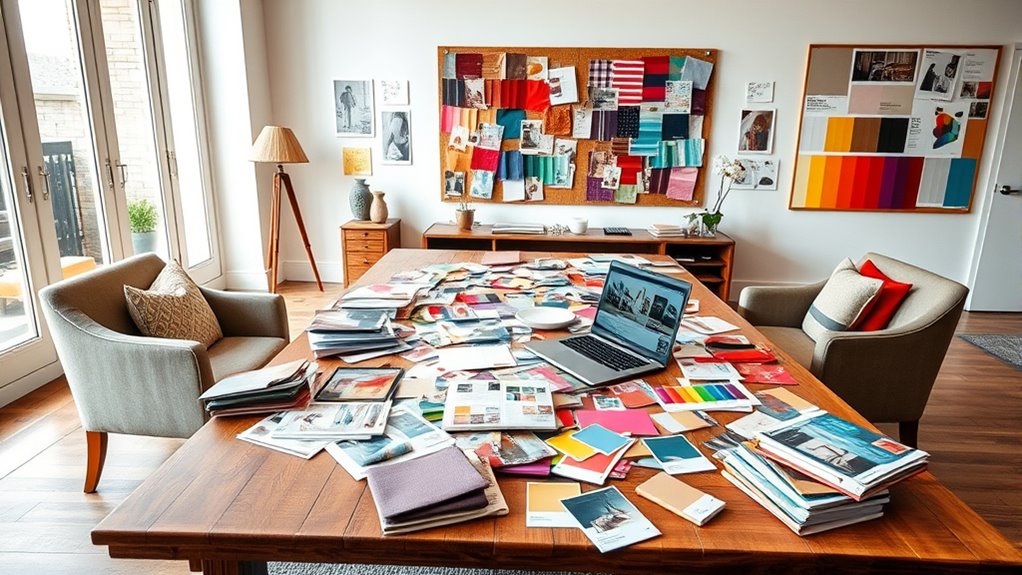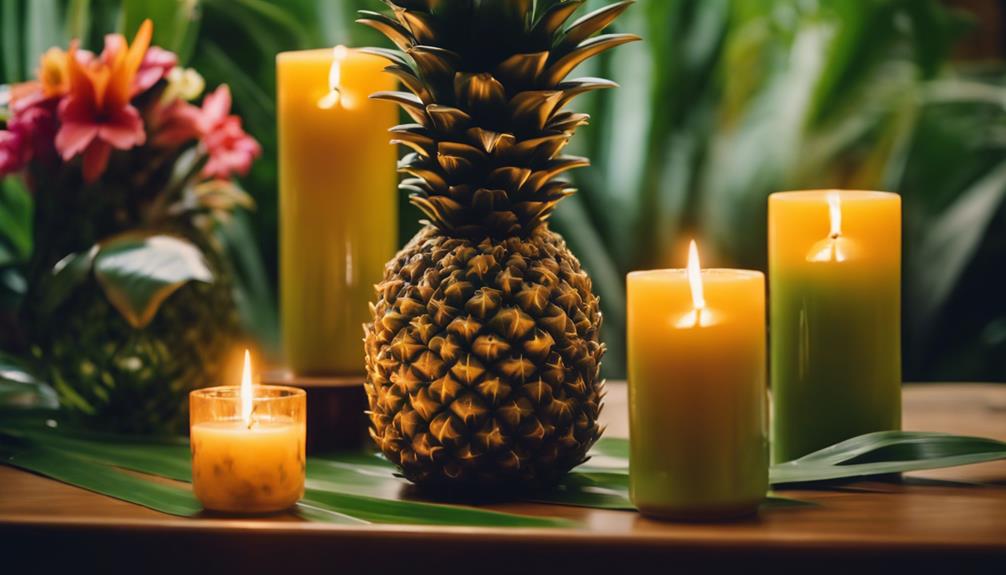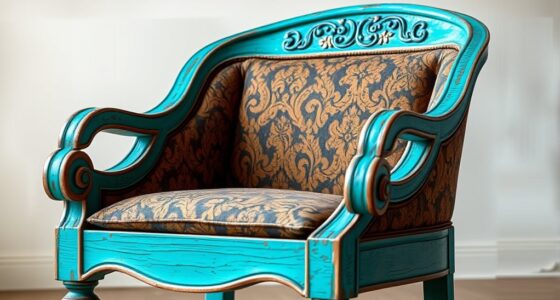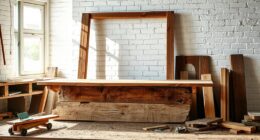To build a mood board that translates into real rooms, start by clearly defining your style, color palette, and mood. Gather samples of materials, colors, and decor items that reflect your vision, ensuring they complement each other. Use the board as a visual guide to select furniture, finishes, and accessories, focusing on harmony and balance. When you align your choices with your mood board, it becomes a practical blueprint—keeping your design cohesive and achievable. If you keep going, you’ll discover how to turn ideas into reality.
Key Takeaways
- Clearly define your desired style, mood, and color palette to ensure your mood board reflects your vision.
- Incorporate material samples and textures to visualize how different elements interact in real space.
- Select decorative items that match your theme to help translate your mood board into tangible decor choices.
- Balance colors and materials for harmony, ensuring the overall aesthetic remains cohesive and focused.
- Use the mood board as a practical guide during shopping and decorating to maintain consistency in your room design.

Creating a mood board is an essential step in visualizing your project’s overall vibe and direction. It’s the foundation that guides your design choices and helps you clarify your style. When starting, focus on establishing a cohesive color palette, as it sets the mood and influences the entire room’s ambiance. Choose colors that resonate with you and evoke the feelings you want to experience in the space. Whether you prefer calming neutrals, bold jewel tones, or soft pastels, ensure your selections complement each other and reflect your personality. Once you’ve nailed down your color palette, move on to material selection. This step is vital because the textures and finishes you incorporate will bring your vision to life. Think about how different materials interact—smooth fabrics, rough wood, shiny metals—and how they contribute to the overall vibe. Gather samples or images of your chosen materials to include in your mood board, so you can see how they work together visually. Additionally, considering decorative elements like artwork or textiles can further enhance your room’s personality and cohesiveness. As you build your mood board, keep the focus on harmony. Your color palette and material selection should complement each other rather than compete. For example, if you opt for a rich, deep blue, pair it with warm wood tones or soft textiles to balance the intensity. If you’re leaning toward a minimalist look, stick to neutral colors and sleek materials like glass, steel, or polished concrete. Don’t feel the need to include everything at once; instead, curate a selection of key elements that capture your desired aesthetic. This process helps prevent overwhelm and keeps your vision clear.
Frequently Asked Questions
How Do I Choose a Color Palette for My Mood Board?
When choosing a color palette for your mood board, start with color psychology to pick hues that evoke the mood you want. Look for color harmony by selecting shades that complement each other. Trust your instincts and consider the room’s purpose. Test your palette by adding small swatches to see how they interact. This approach guarantees your color choices will translate beautifully into real rooms.
What Tools Are Best for Creating Digital Mood Boards?
Did you know that 78% of designers prefer digital collage tools for visual inspiration? For creating digital mood boards, tools like Canva and Adobe Spark are excellent choices. They offer user-friendly interfaces, customizable templates, and easy drag-and-drop features. These tools help you compile images, color palettes, and textures seamlessly, making your visual inspiration come alive. Use them to craft compelling mood boards that effectively communicate your design vision.
How Many Images Should I Include on My Mood Board?
When selecting images for your mood board, aim for 10 to 20 carefully chosen visuals. Too many can overwhelm, while too few might lack variety. Focus on image selection that maintains visual consistency, ensuring all images complement each other and support your overall theme. This balance helps you create a cohesive mood board that effectively guides your room design, making it easier to translate your vision into real spaces.
Can a Mood Board Work for Small Spaces?
Absolutely, a mood board works well for small spaces. You can focus on space optimization by selecting furniture that maximizes functionality without clutter. Use your mood board to visualize scaled-down pieces and clever arrangements, ensuring everything fits comfortably. It helps you see how different colors, textures, and furniture choices work together, making it easier to create a cozy, stylish room without feeling cramped.
How Do I Ensure My Mood Board Reflects My Personal Style?
To make certain your mood board reflects your personal style and room personality, focus on including elements that resonate with you. Choose colors, textures, and patterns that you love, and add images or decor styles that speak to your unique taste. Trust your instincts and don’t shy away from mixing different influences. This authentic approach guarantees your mood board captures your true style and guides you in creating a space that feels genuinely yours.
Conclusion
So, there you have it—your foolproof guide to turning an overstuffed Pinterest board into a room that actually looks good. Remember, a mood board isn’t just a pretty collage; it’s your secret weapon against decorating disasters. So go ahead, curate with confidence, and watch your vision magically materialize—preferably before your friends start questioning your taste. Happy designing, and may your rooms be as stylish as your mood board claims they will be.









